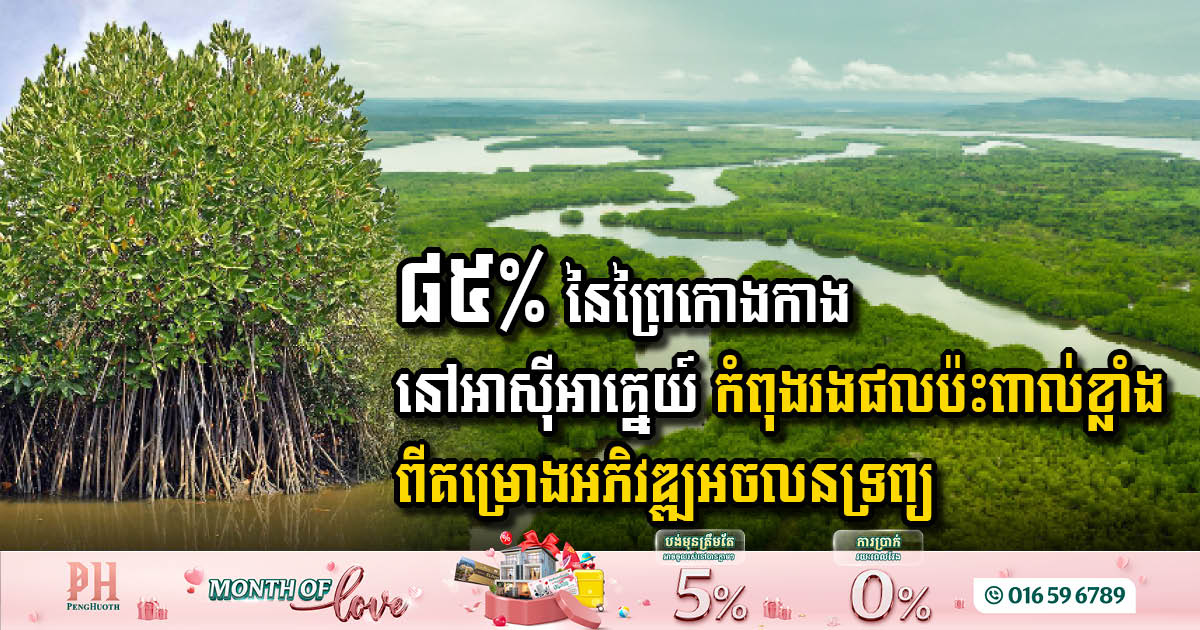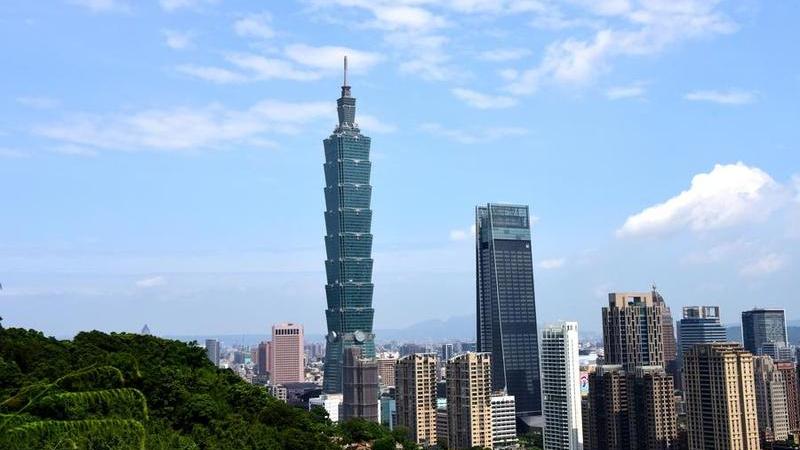


A groundbreaking study reveals that 85 percent of Southeast Asia’s mangrove forests, which comprise 32 percent of global mangrove coverage and sequester 15.9 million tonnes of carbon dioxide annually, face severe risks from real estate development, agricultural expansion, and climate change impacts, according to new research led by University of Queensland researcher Valerie Kwan, as reported by Eco Business on 3 February 2025.
In Cambodia specifically, recent data from Global Mangrove Watch shows the country’s mangrove forest areas cover approximately 62,691 hectares, with deforestation rates currently ranging between 3% to 5% annually. The country’s largest mangrove forest expanse, the 23,750-hectare Peam Krasop Wildlife Sanctuary, recently made headlines when a comprehensive biodiversity survey identified more than 700 unique species in the area, underlining the critical ecological value of these coastal ecosystems.
The findings present significant implications for coastal property development across Southeast Asia, where mangroves serve as natural barriers against rising sea levels and extreme weather events. These ecosystems, capable of storing three to five times more carbon per hectare than rainforests, are increasingly caught between development pressures and conservation efforts, particularly in Indonesia, Cambodia, and the Philippines, where aquaculture, rice cultivation, and palm oil plantations pose the greatest immediate threats.
The economic dynamics of mangrove conservation present a complex challenge for real estate developers and investors. Despite blue carbon credits from the Delta Blue Carbon Project in Pakistan commanding premium prices of USD 29.72 per tonne in 2023, the study indicates that even at USD 200 per tonne, carbon credits would only cover approximately one-third of mangrove conservation costs. This pricing structure significantly impacts the feasibility of sustainable coastal development projects.
Coastal real estate development faces additional complications as researchers warn that man-made infrastructure along Southeast Asia’s coastline already limits the natural landward migration of mangroves – a crucial adaptation mechanism against rising sea levels. This limitation creates a critical challenge for developers seeking to balance profitable coastal projects with environmental sustainability and natural disaster protection.
While 47 percent of regional mangroves currently exist within marine protected areas, meeting the Kunming-Montreal Global Biodiversity Framework’s conservation targets, these designations may not guarantee long-term preservation. Historical data shows that Cambodia’s coastal provinces lost approximately 42% of their mangrove forests between 1989 and 2017, at a rate of 1,415 hectares per year, highlighting the urgent need for stronger conservation measures.
The research suggests a shift toward blended finance models, combining public and private funding streams to support both development and conservation goals. For real estate developers, this could mean new opportunities in eco-sensitive coastal projects incorporating mangrove preservation as a value-adding feature, particularly given these ecosystems’ vital role in coastal defense and climate resilience.
– Video Advertisement –






